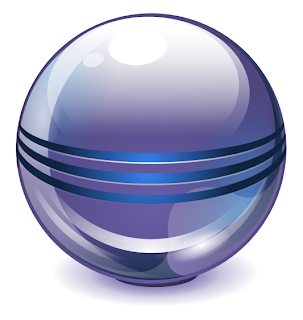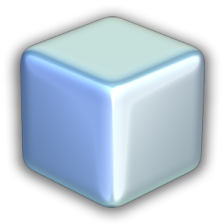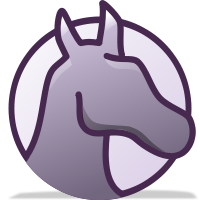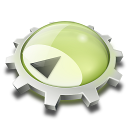DOWNLOAD THIS BOOK IN PDF
Pattern recognition is the scientific discipline whose goal is the classification of
objects into a number of categories or classes. Depending on the application, these
objects can be images or signal waveforms or any type of measurements that need
to be classified. We will refer to these objects using the generic term patterns.
Pattern recognition has a long history,but before the 1960s it was mostly the output
of theoretical research in the area of statistics. As with everything else, the advent
of computers increased the demand for practical applications of pattern recognition,
which in turn set new demands for further theoretical developments. As our
society evolves from the industrial to its postindustrial phase, automation in industrial
production and the need for information handling and retrieval are becoming
increasingly important. This trend has pushed pattern recognition to the high edge
of today’s engineering applications and research. Pattern recognition is an integral
part of most machine intelligence systems built for decision making.
Machine vision is an area in which pattern recognition is of importance.
A machine vision system captures images via a camera and analyzes them to produce
descriptions of what is imaged. A typical application of a machine vision system is
in the manufacturing industry, either for automated visual inspection or for automation
in the assembly line. For example, in inspection, manufactured objects on a
moving conveyor may pass the inspection station, where the camera stands, and it
has to be ascertained whether there is a defect. Thus, images have to be analyzed
online, and a pattern recognition system has to classify the objects into the “defect”
or“nondefect”class. After that,an action has to be taken,such as to reject the offending
parts. In an assembly line, different objects must be located and “recognized,”
that is, classified in one of a number of classes known a priori. Examples are the
“screwdriver class,” the “German key class,” and so forth in a tools’ manufacturing
unit. Then a robot arm can move the objects in the right place.
Character (letter or number) recognition is another important area of pattern














 CodeLite is a free, open-source, cross-platform
CodeLite is a free, open-source, cross-platform 




